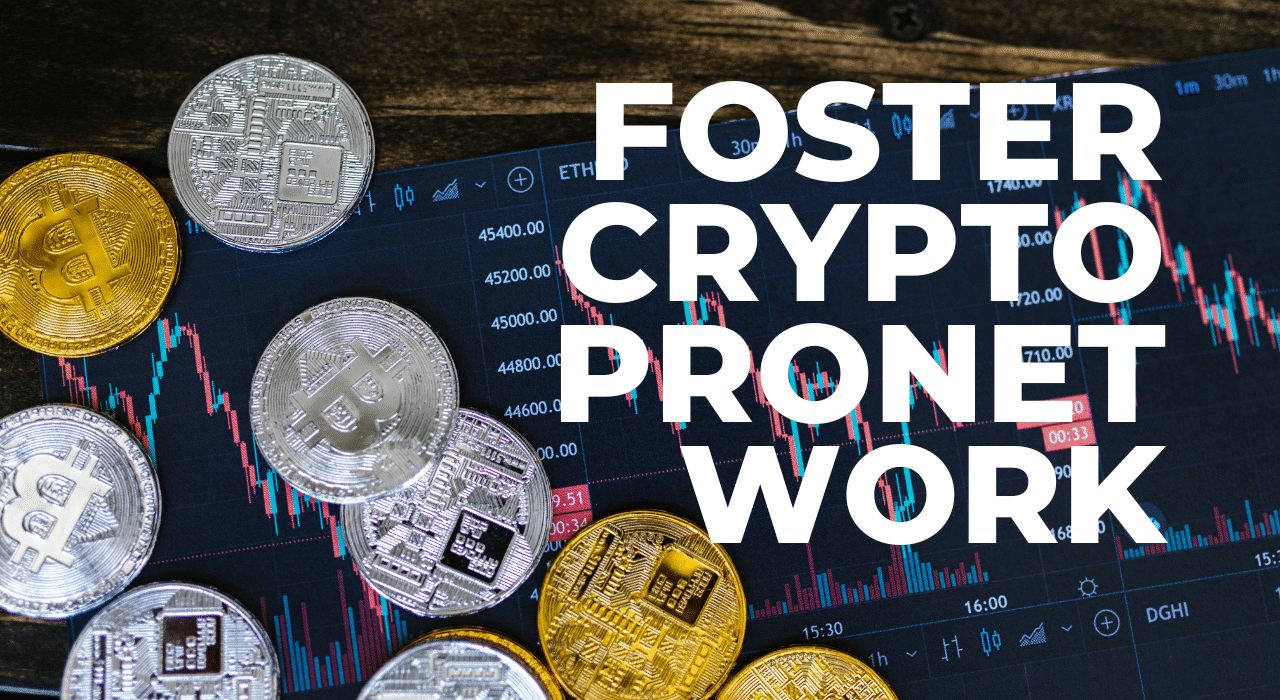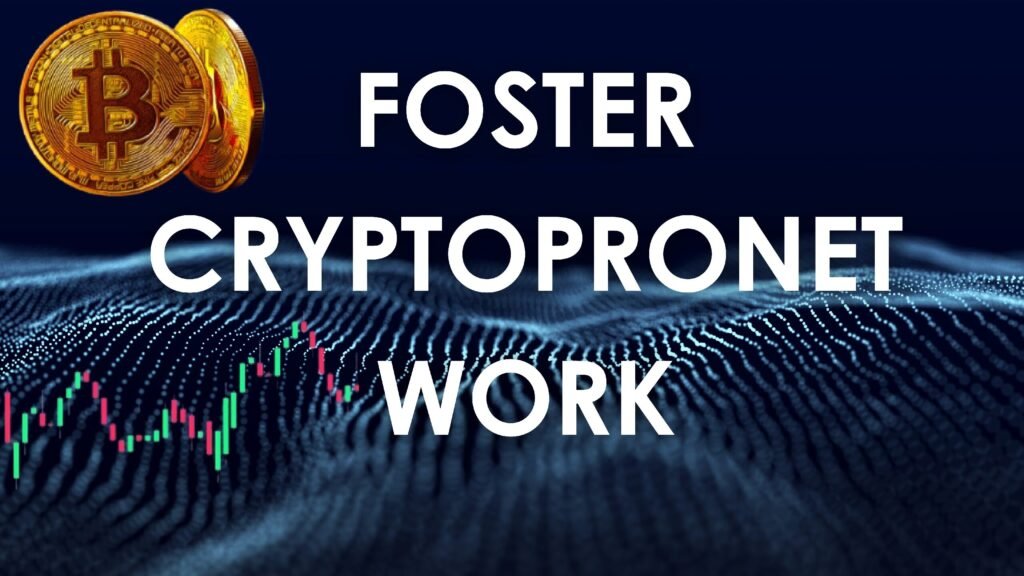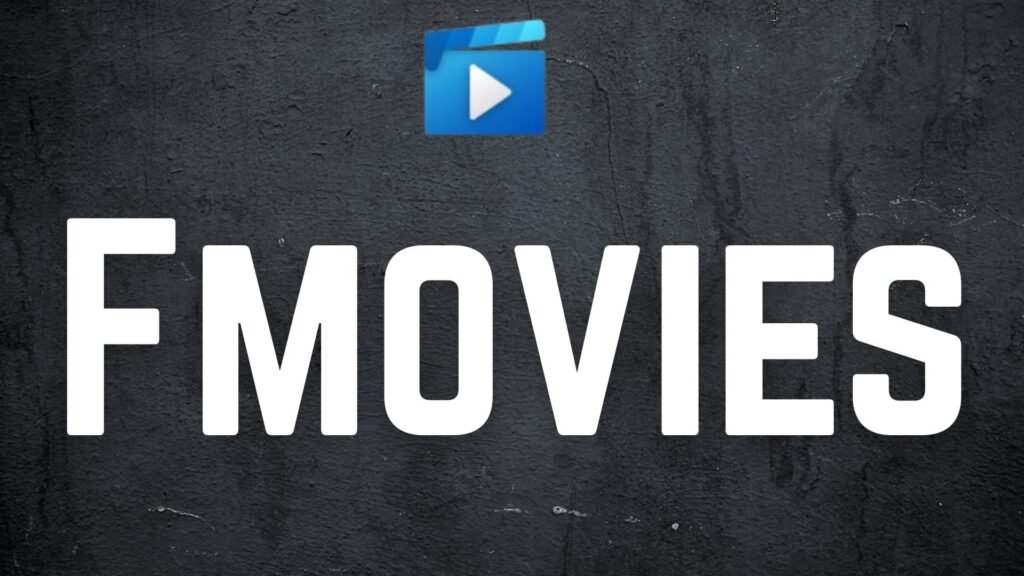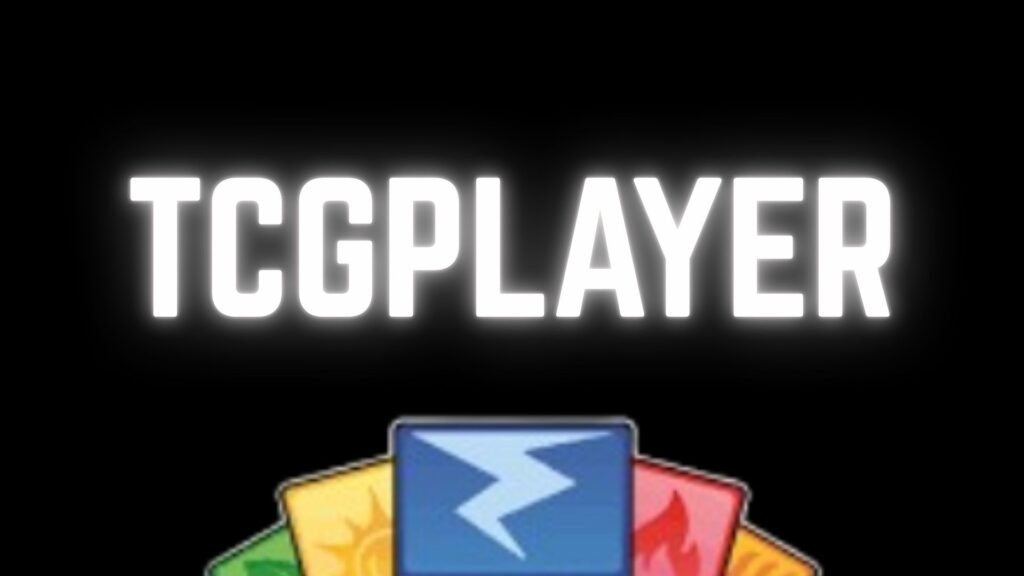How Foster CryptoProNetwork Innovation Through DAO-Driven Governance Models

For many blockchain projects, governance is an afterthought bolted once the code is live. Foster CryptoProNetwork flipped that script, treating decentralized decision-making as the design constraint around which every technical module must bend. By anchoring its roadmap to a DAO (decentralized autonomous organization), the network transforms token-holders from passive spectators into engineers of their destiny, accelerating upgrades while spreading risk and responsibility across thousands of stakeholders. This article explores—at a depth sufficient to guide copy-cats—how DAO-first thinking lets Foster CryptoProNetwork fund bold research, harden security, and marshal community talent without choking on bureaucracy.
1. Two-Token Economics that Make Every Vote Count
A perennial pitfall for DAOs is voter apathy: if the token only governs, holders, shrug when gas prices are high, or the proposal text is technical. Foster CryptoProNetwork fixes that with a cleverly tiered incentive stack. The liquid utility token, FCPN, fuels swaps, fee discounts, and staking rewards. Locking FCPN inside a smart contract vault mints vFCPN, a non-transferable governance token whose weight decays linearly over the lock period. The longer you commit—anywhere from one week to four years—the bigger your influence and the richer your share of protocol revenue, which flows to lockers as real-time streaming fees. Delegation further enables smallholders to assign their weight to specialists, lifting informed voices without forfeiting ownership. Because every vote lets users protect their future cash flow, turnout has hovered above 38 %—a striking figure in DAO land—since Foster CryptoProNetwork activated its on-chain ballot boxes.
2. A Three-Stage Pipeline That Converts Forum Chatter into Immutable Code
Even motivated voters need structure, or governance devolves into an endless suggestion box. Foster CryptoProNetwork enforces a disciplined funnel: Ideation → Signaling → Execution. Anyone can post raw ideas on Discord or the governance forum. Still, to graduate into the Signaling phase, a draft must earn a baseline number of “temperature-check” reactions, preventing low-effort spam from clogging the agenda. Signalling happens on Snapshot, where gas-free voting tests rough consensus with a soft quorum equal to 5 % of total vFCPN. Proposals that clear this bar undergo code implementation by open-source contributors, followed by an external security audit funded by the DAO treasury. The final Execution step queues the upgrade in a 48-hour time-lock; during that window, token-holders can veto with a super-majority if a hidden hazard surfaces. With this conveyor belt, Foster CryptoProNetwork chopped average deployment time from two months to three weeks while still logging zero critical exploits to date—a statistic that investors cite when praising the project’s “ship fast, never break things” ethos.
3. Innovation Pods: Continuous R&D Without Reliance on a Single Core Team
Big visions die when founding engineers burn out. To avoid that fate, Foster CryptoProNetwork dedicates 12 % of protocol fees to Innovation Pods—semi-autonomous research squads funded directly by the DAO. Every quarter, would-be pod leads pitch deliverables like “port the AMM to StarkNet,” “launch prediction-market derivatives,” or “design a carbon-neutral validator client.” Token-holders approve budgets in block-height-targeted votes, and funds stream only when pre-agreed milestones hit chain-verified checkpoints. The model fuses grant programmability with venture-style accountability: since inception, 23 pods have shipped 17 production features, including a cross-chain router that now handles 32 % of daily volume. Because pods can be spun up or sunset without touching the monolithic core treasury, Foster CryptoProNetwork sustains parallel experimentation at a scale few centrally run startups could finance.

4. Multi-Layered Defense Against Governance Attacks
DAO openness invites not only creativity but also adversaries. Foster CryptoProNetwork mitigates attack vectors through a four-layer security lattice. First, every state-changing proposal faces a mandatory audit whose report is notarized on IPFS and hyperlinked in the Snapshot poll, so voters judge risk with professional evidence in hand. Second, a bug-bounty escalator doubles rewards each day an undisclosed flaw lurks in queued code, motivating white-hat disclosures right up to activation. Third, delegates stake vFCPN, and a slashing module burns 10–100 % of that stake if their votes lead to a verified exploit—turning reckless governance into an expensive gamble. Fourth, a seven-member guardian council elected annually can pause contracts for 24 hours with a 4-of-7 multisig, buying time for patch releases when flash-loan attacks strike. Together, these guardrails let Foster CryptoProNetwork retain the speed of community rule while matching—or surpassing—the operational security of many TradFi custodians.
5. Building a Participation Culture That Lasts Beyond Hype Cycles
Tokenomics and tooling are prerequisites, but lasting governance also depends on social glue. Foster CryptoProNetwork invests heavily in onboarding rituals and learning funnels: weekly “Coffee With the Core” voice chats let newcomers interrogate maintainers; a public Notion wiki timestamps every decision; and mentorship bounties pay veterans to shepherd rookie proposal authors through their first submission. The DAO even funds in-person hack retreats, believing shared meals forge empathy no Zoom grid can replicate. Such culture work pays dividends; when 2024’s market slump halved total value locked across DeFi, Foster CryptoProNetwork still mustered a record-breaking 41 % voter turnout to pass its inflation-reduction hard fork—proof that people felt co-ownership, not mere speculative attachment.
6. Roadmap: Real-World Assets and Regulatory Bridges on the Horizon
What’s next? A current Innovation Pod is beta-testing tokenized treasury-bill vaults, using on-chain attestations from regulated custodians in Switzerland to prove 1:1 backing. Another pod explores compliance-aware identity layers so institutions can allow wallets without doxxing retail users. By Q4 2025, the DAO plans a decisive vote on integrating these modules into the main net, contingent on successful audits and a green light from legal counsel retained in both Singapore and the British Virgin Islands. This cautious yet determined march into real-world assets underscores Foster CryptoProNetwork’s thesis: DAO governance is not an anarchic toy but an evolving corporate framework capable of meeting regulators on equal footing.
Conclusion: A Replicable Blueprint for Web3 Governance
Foster CryptoProNetwork shows that DAO-driven governance, when armed with skin-in-the-game incentives, structured proposal flow, perpetual R&D funding, and layered security, can out-innovate traditional startups without sacrificing robustness. By turning token-holders into shareholders, employees, and auditors rolled into one, the network unlocks a compounding loop of ideas, code, and capital—all aligned toward protocol health. Other projects hoping to weather the boom-and-bust climate of crypto would do well to study this blueprint, adapt it, and, above all, treat governance not as an appendix but as the beating heart of sustainable decentralization.
Frequently Asked Questions
1. How do I gain voting power in the Foster CryptoProNetwork DAO?
Acquire FCPN on a supported exchange or through liquidity-mining rewards, then lock those tokens in the governance vault for your chosen term. The vault mints vFCPN, whose amount—plus any delegated balances you receive—defines your voting weight and share of streaming protocol fees until the lock expires.
2. I own only a small amount of tokens; can my voice still matter?
Absolutely. Delegation lets you combine your vFCPN with that of other holders by selecting a delegate whose policies align with yours. Proposals also feature scaled quorum thresholds, meaning minor parameter tweaks require far less turnout than sweeping upgrades, so even modest stakes can tip close votes.
3. What if a passed upgrade contains a critical bug?
If auditors miss an exploit, the guardian council can pause the affected contracts for up to 24 hours, triggering an emergency sprint to deploy a patched version. During the pause, traders can exit positions normally, and bounty rewards triple for any white-hat disclosures that help remediate the flaw.
4. How are Innovation Pods funded and evaluated?
Pods pitch quarterly budgets on Snapshot, outlining milestones, KPIs, and burn rates. Funds stream from the treasury only when on-chain checkpoints verify milestone completion. Token-holders review performance reports at quarter-end and can renew, cut, or reassign budgets in a binding vote.
5. Does Foster CryptoProNetwork have plans for real-world integration?
Yes. A pod is piloting tokenized treasury-bill vaults with fully licensed custodians, aiming for main-net deployment by December 2025, pending legal approval and a successful security audit. Should the DAO approve, this feature will let users earn a yield on low-risk assets without leaving the chain.











